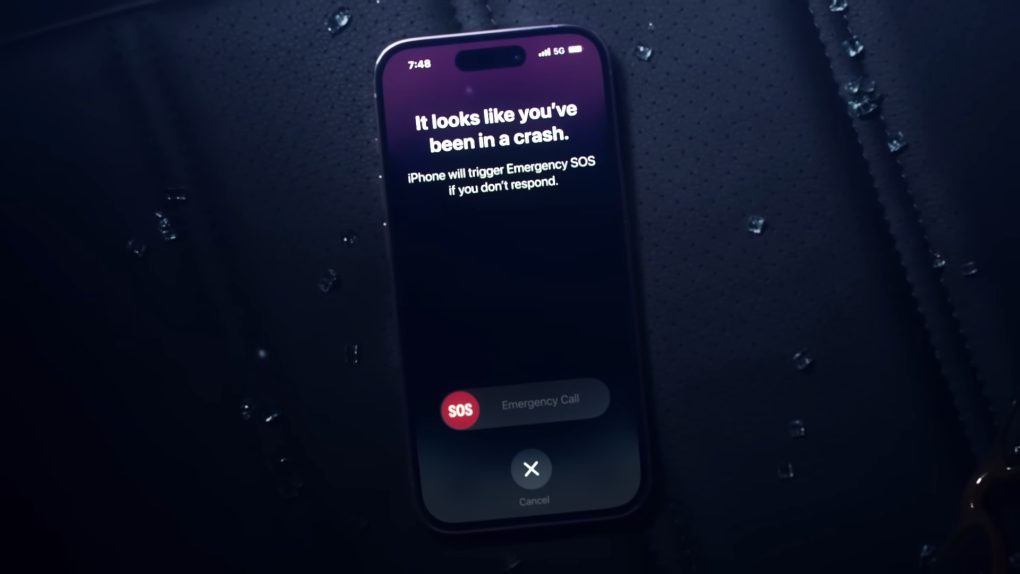One of the iPhone 14 and Apple Watch Series 8‘s newest features is the new Crash Detection function, which can detect whether the user had been in “a severe car crash.” While it has been reported that this feature had not worked when a person was hit by another car while parked, a report by The Wall Street Journal shows that some iPhone users had this feature activated while on a roller coaster.
The Wall Street Journal’s Joanna Stern reports that the iPhone 14 Crash Detection feature was triggered by at least six different iPhone users while they were on a roller coaster ride at Kings Island rides.
The Warren County Communications Center says similar alerts have been triggered by the Joker roller coaster at Six Flags Great America near Chicago, meaning that these are not isolated cases.
When Crash Detection is triggered, it shows a warning on the screen for ten seconds, then it starts a ten-second countdown accompanied by an alarm sound. After that, the phone calls 911 and an automatic message says that “the owner of this iPhone was in a severe car crash and is not responding to their phone” with the location of the accident.
Here’s how Apple describes the Crash Detection feature:
With a new dual-core accelerometer capable of detecting G-force measurements of up to 256Gs and a new high dynamic range gyroscope, Crash Detection on iPhone can now detect a severe car crash and automatically dial emergency services when a user is unconscious or unable to reach their iPhone. These capabilities build on existing components, like the barometer, which can now detect cabin pressure changes, the GPS for additional input for speed changes, and the microphone, which can recognize loud noises typified by severe car crashes. Advanced Apple-designed motion algorithms trained with over a million hours of real-world driving and crash record data provide even better accuracy. When combined with Apple Watch, Crash Detection seamlessly leverages the unique strength of both devices to get users help efficiently. When a severe crash is detected, the emergency services call interface will appear on Apple Watch, as it is most likely to be in closer proximity to the user, while the call is placed through iPhone if it is in range for the best possible connection.
What’s happening with Crash Detection on roller coasters and why does it matter?

While at first, it could sound like just a little error from the iPhone algorithm, it’s actually a problem for 911, which is sending teams to rescue people that are not in a “severe car crash.” In addition to that, the Wall Street Journal reports that this function also sends an emergency alert to the user’s emergency contacts, making them worry about the person that is actually fine.
Asked for a statement, Apple didn’t explain why the iPhone 14 Crash Detection feature is giving false positives in some roller coasters:
An Apple spokesman said the crash-detection algorithms were validated using over a million hours of crash data, real-world driving and crash-test labs. He added that the feature is “extremely accurate in detecting severe crashes” and that the company optimized it for getting users help while minimizing false positives.
Apple’s spokesman said that “the technology provides peace of mind, and Apple will continue to improve it over time.” While the company doesn’t acknowledge a system update to minimize these errors, the best is to avoid riding roller coasters with a brand-new iPhone 14.
More Apple coverage: iPhone 14 crash detection put to the test in wild video with real car crash








